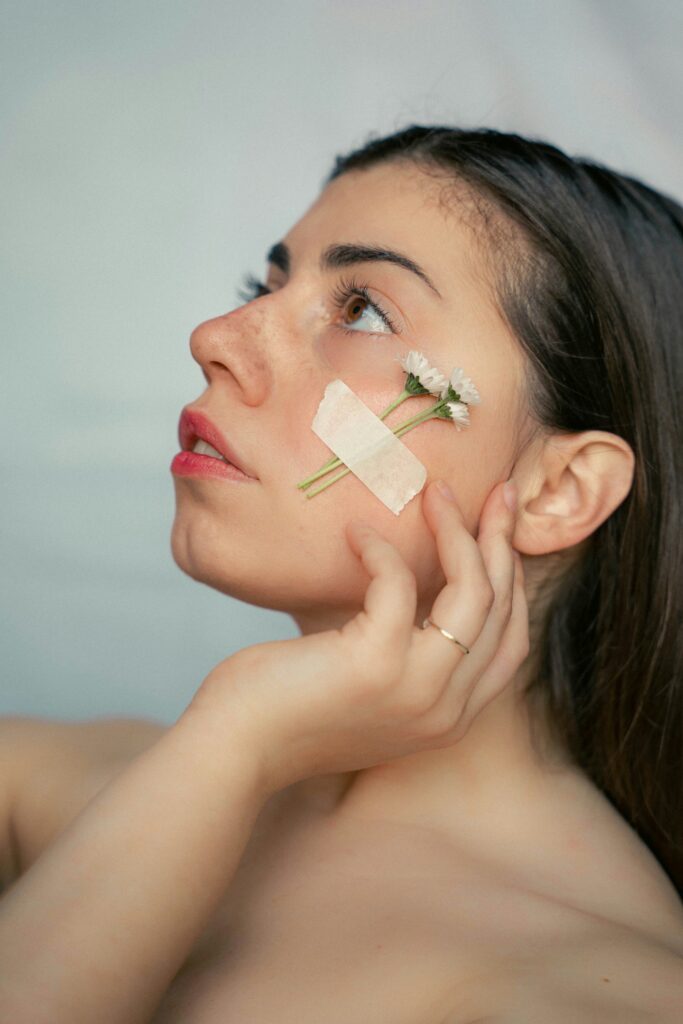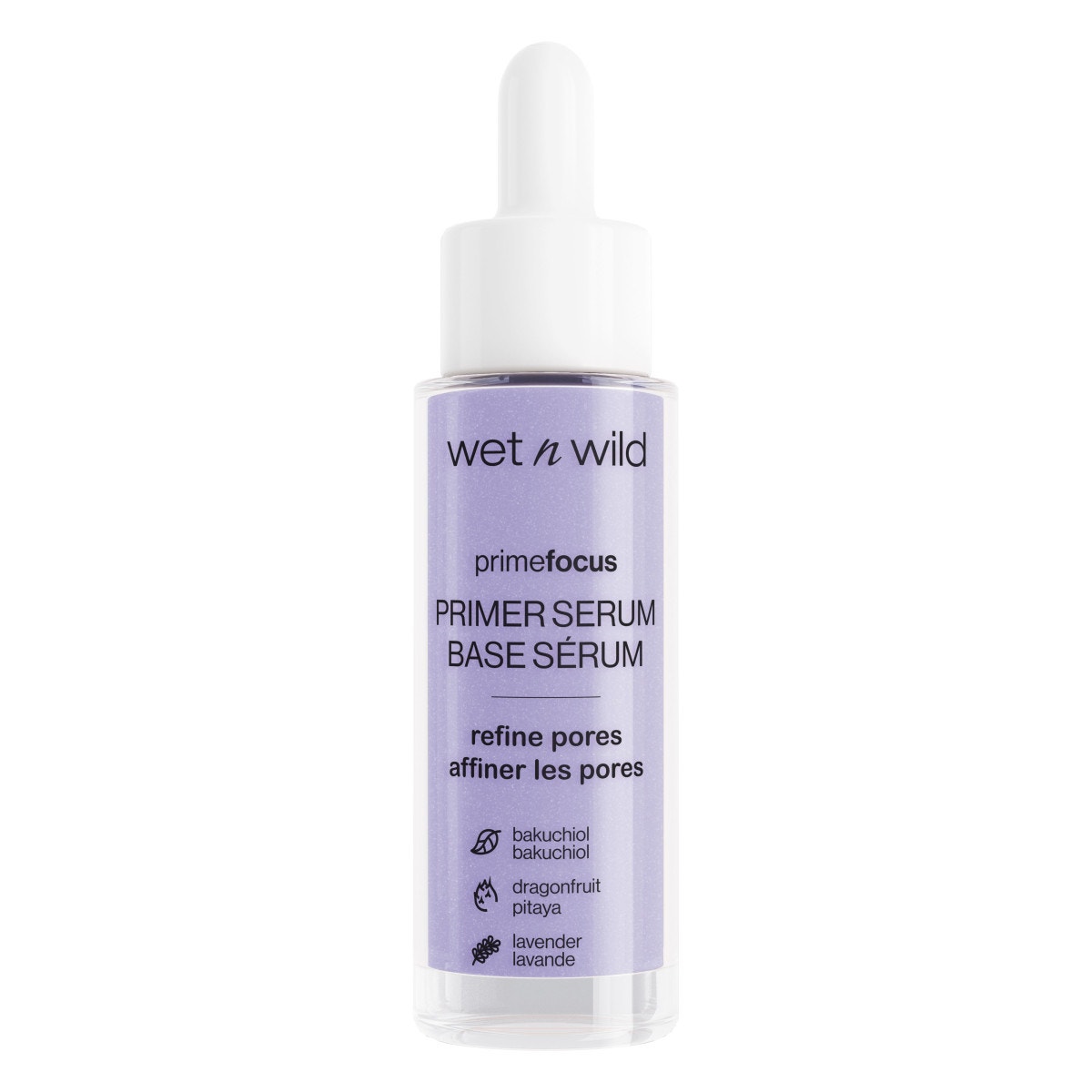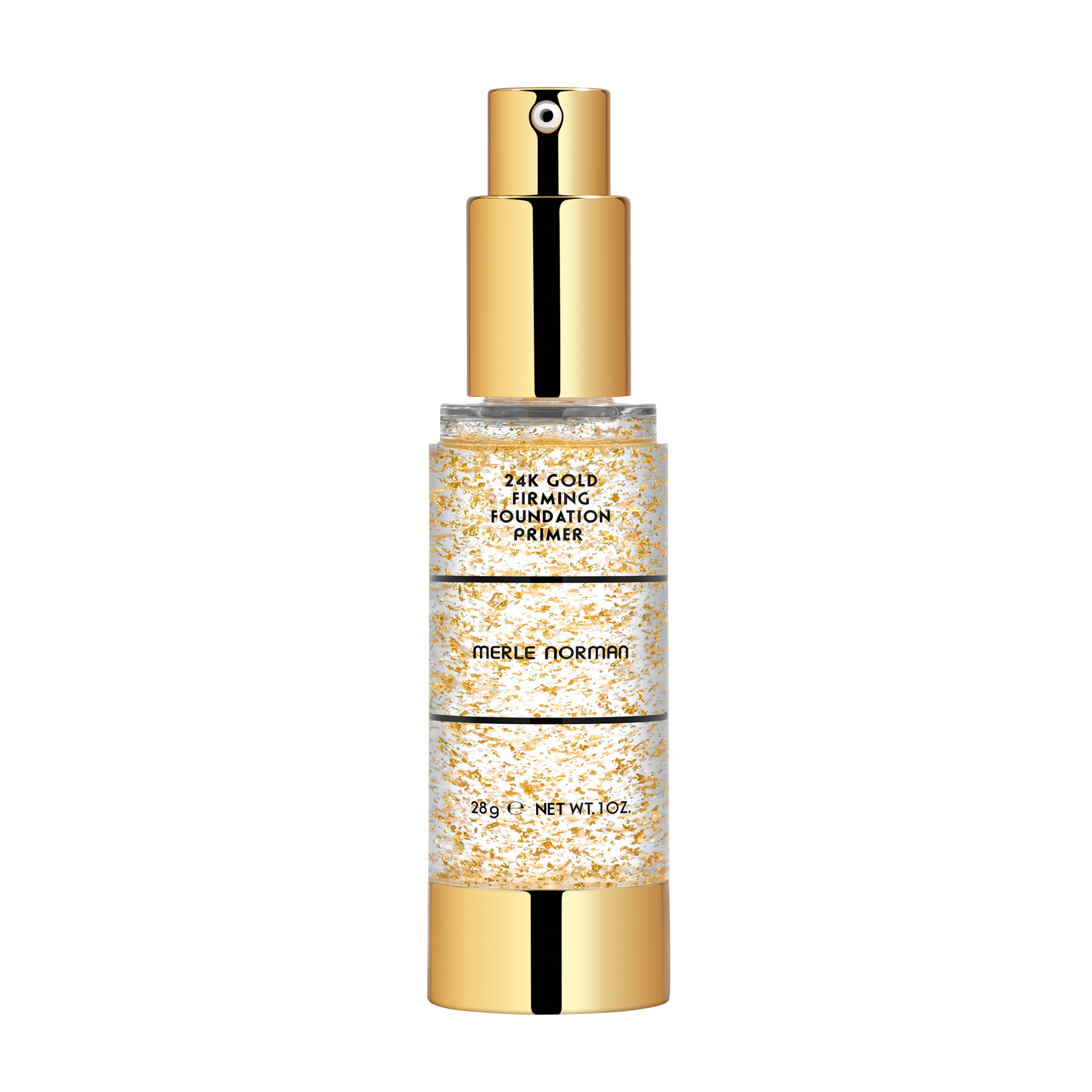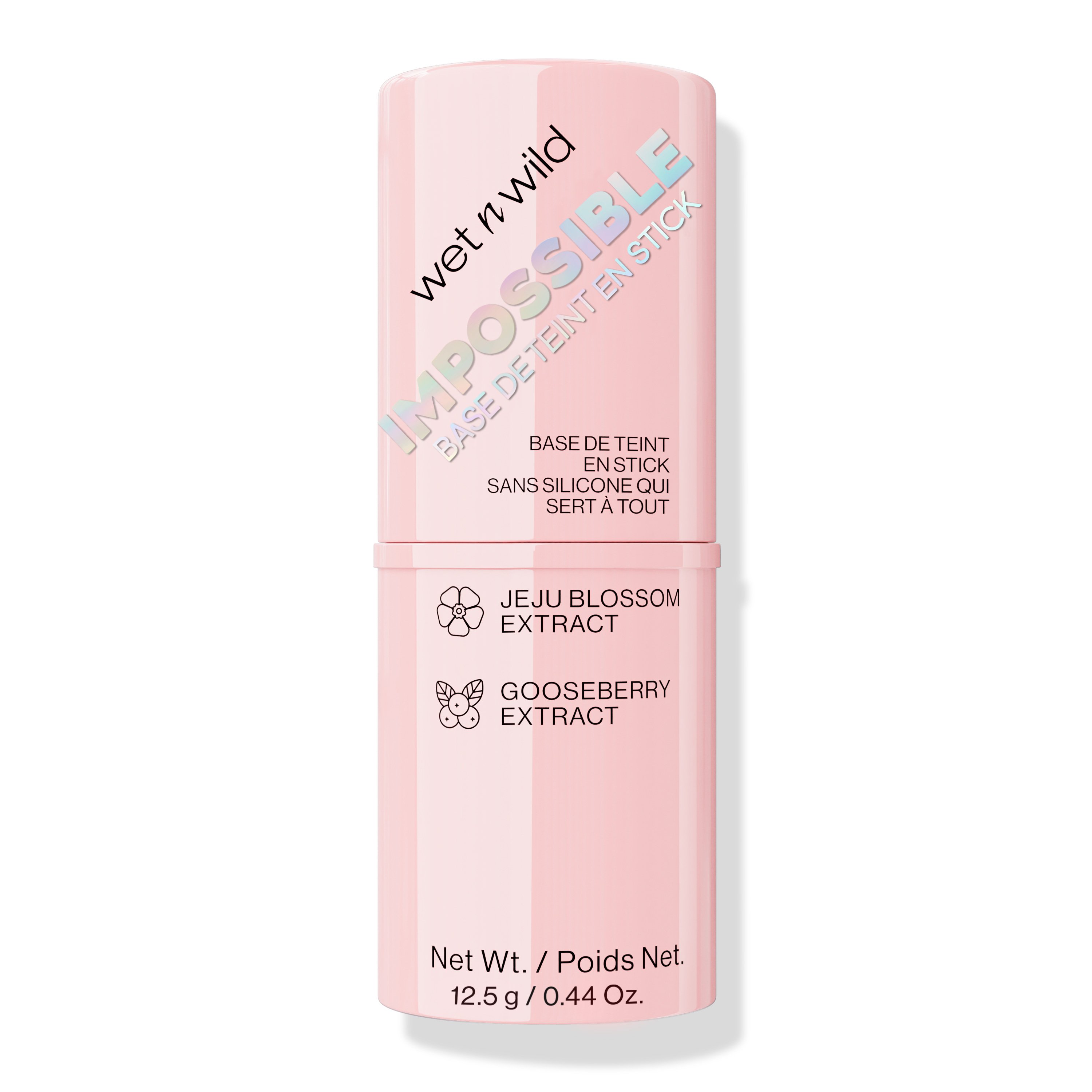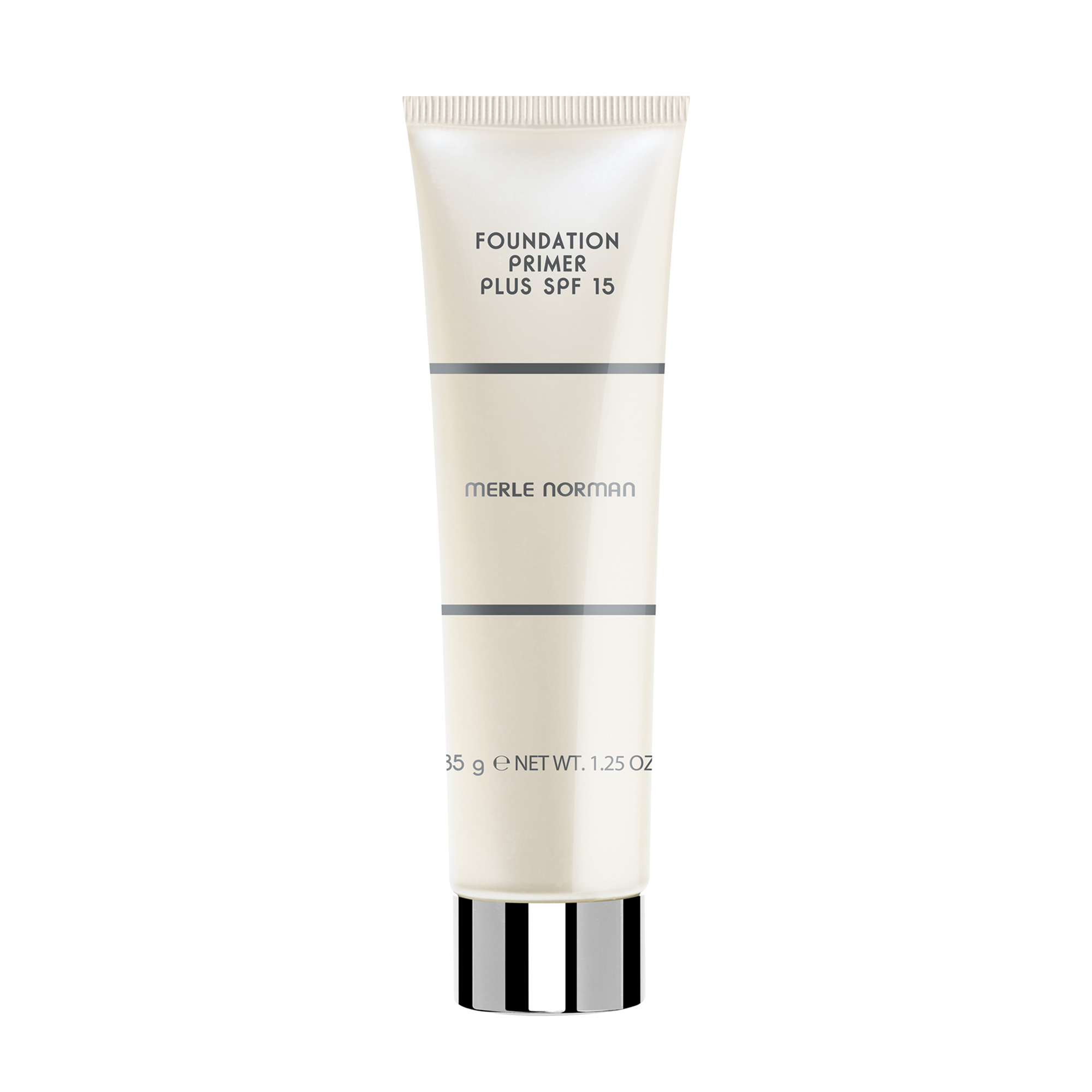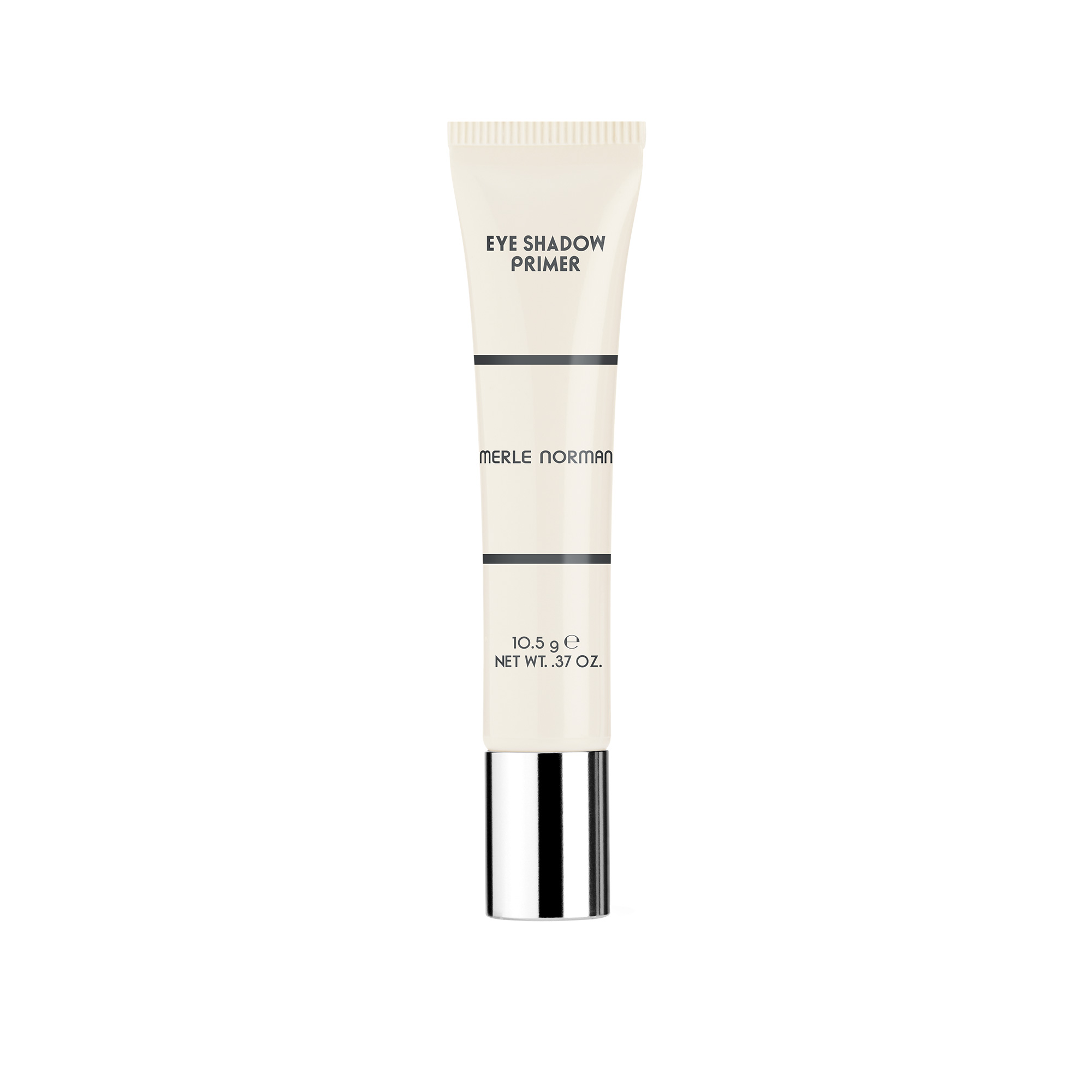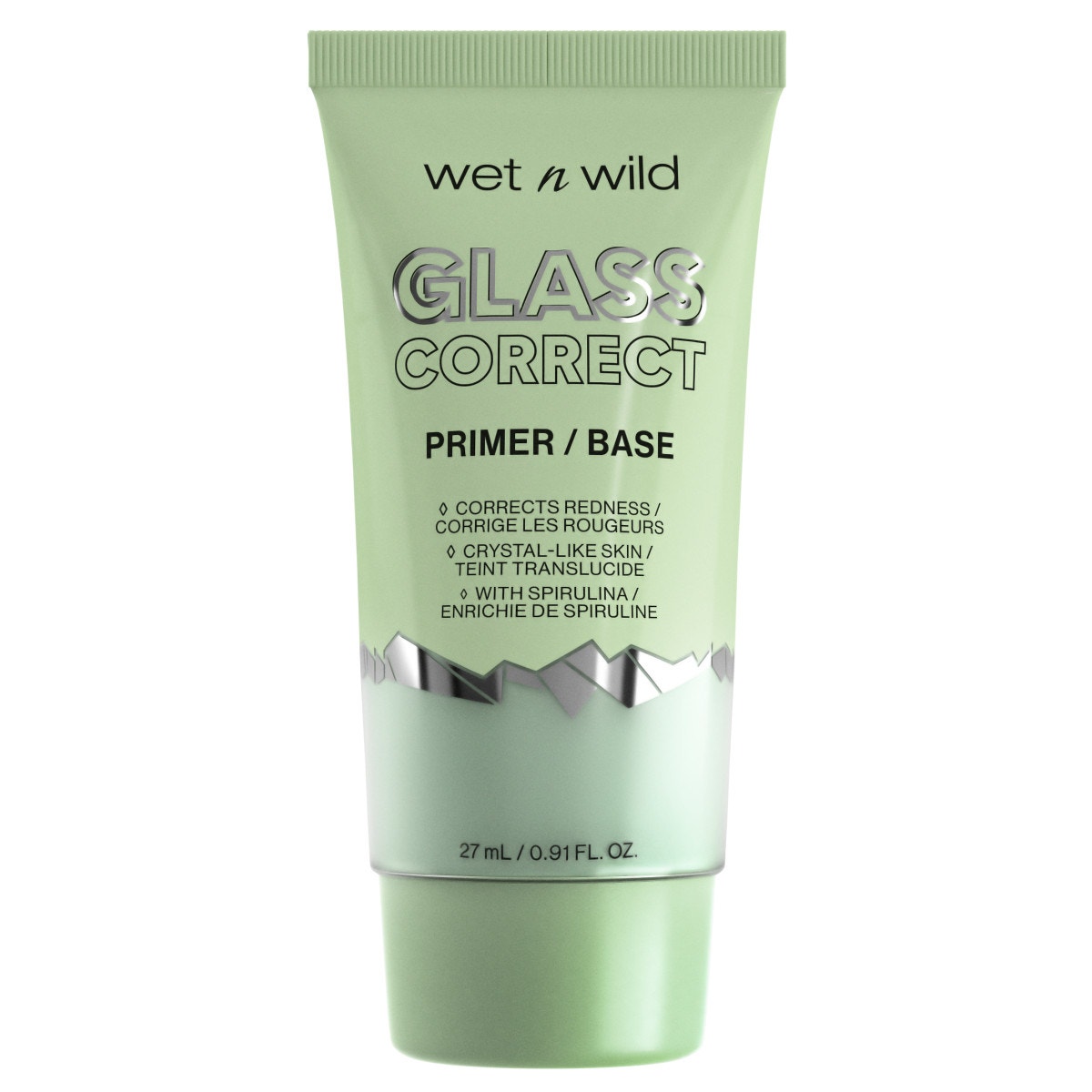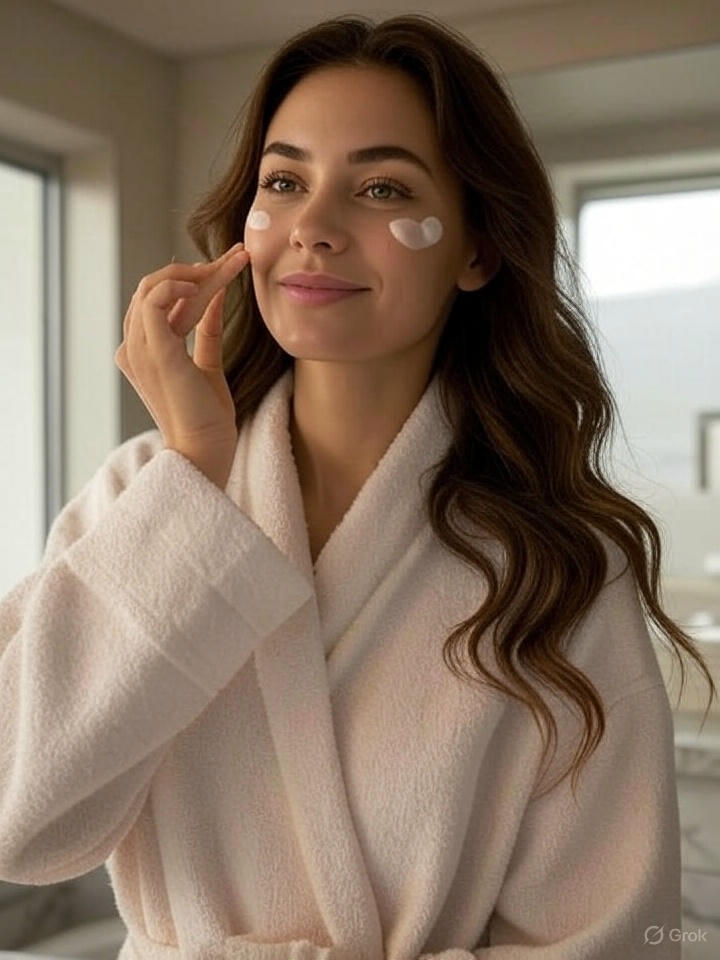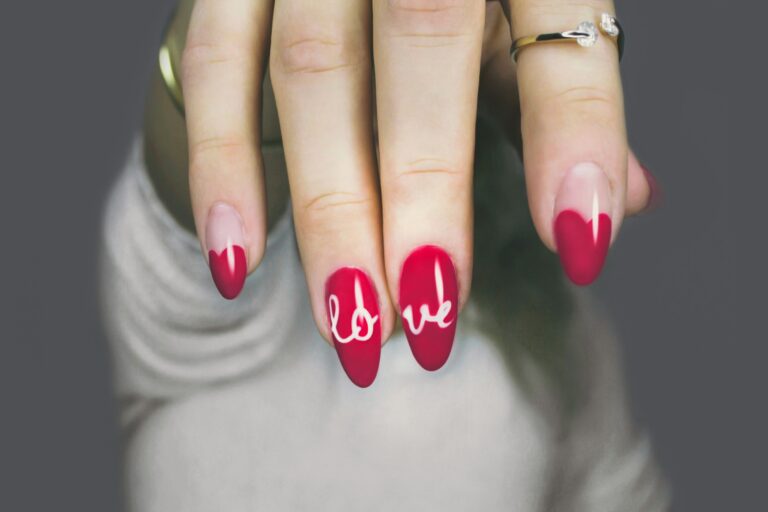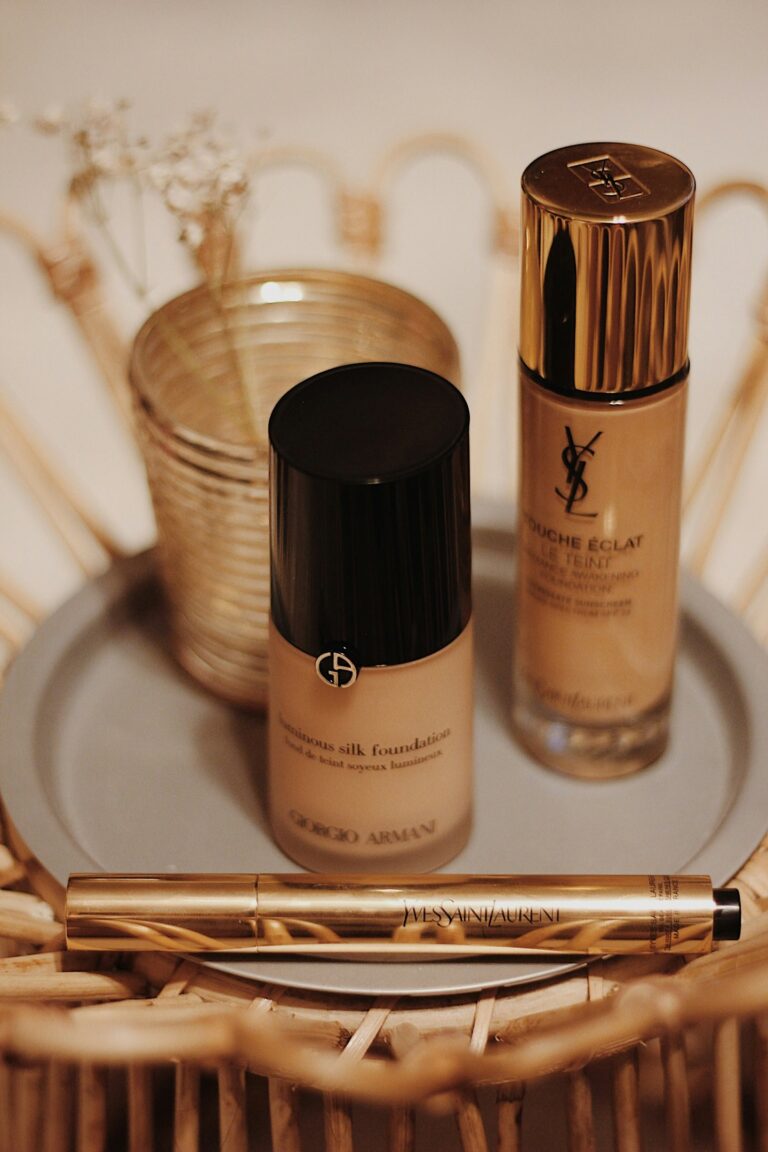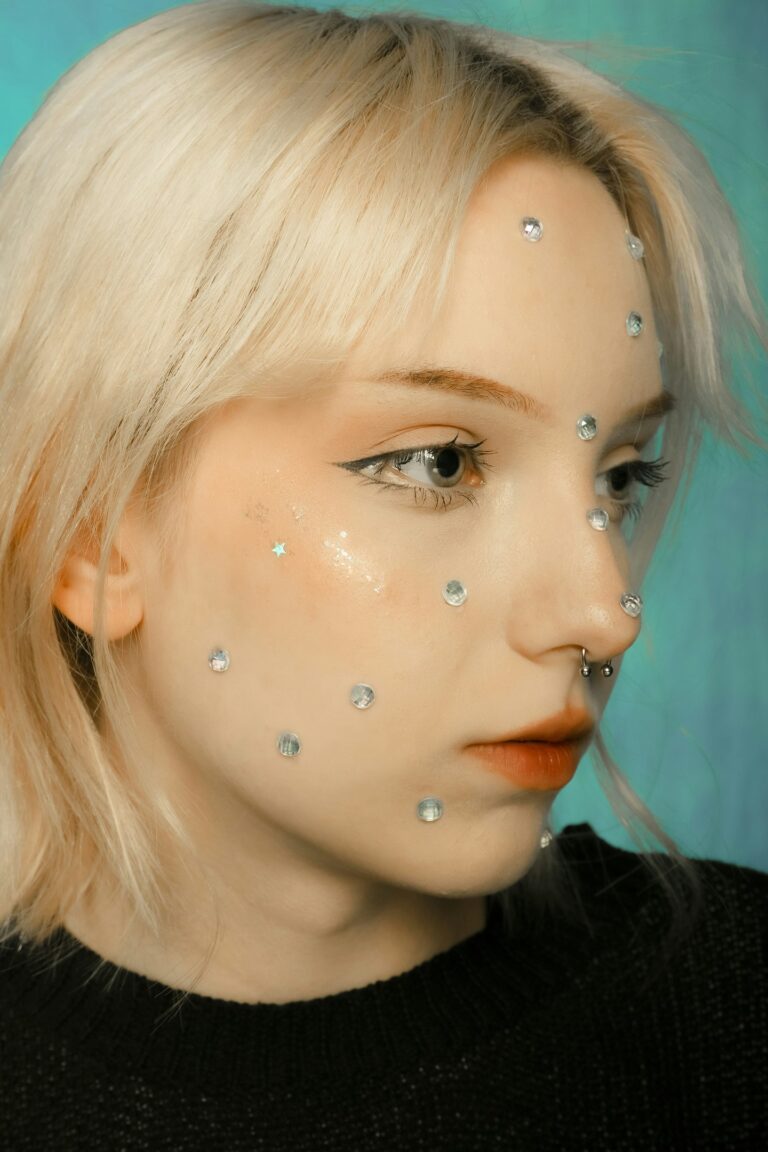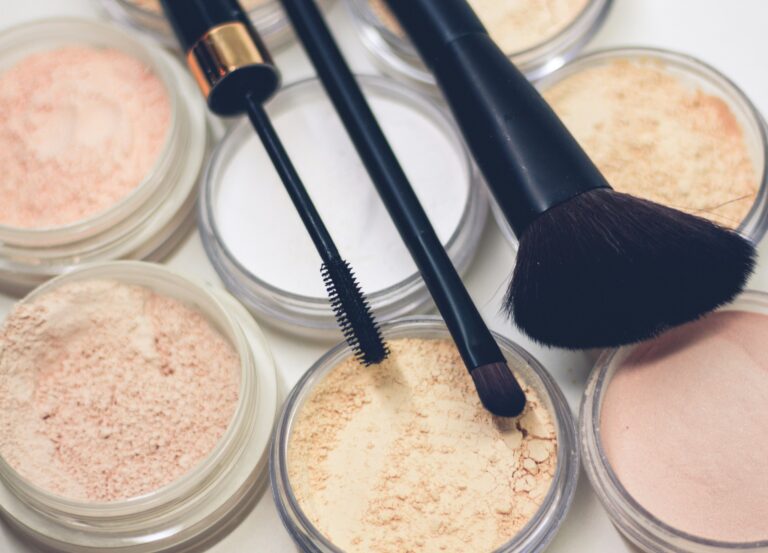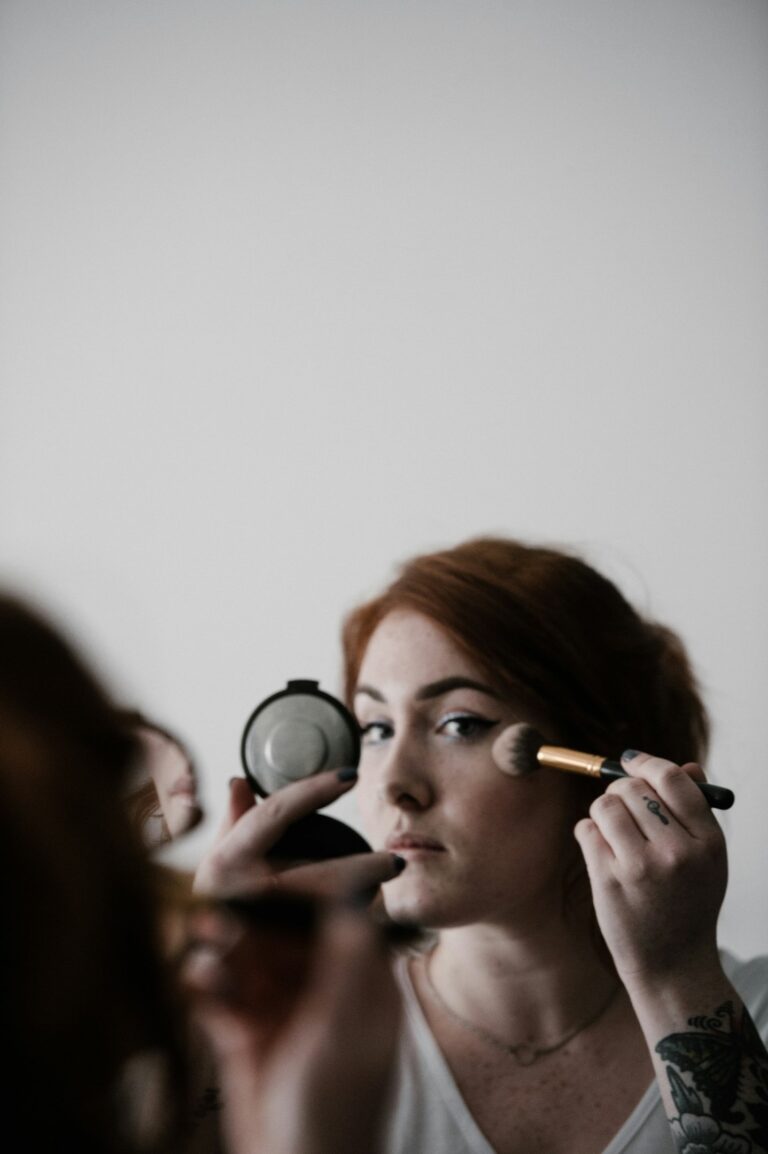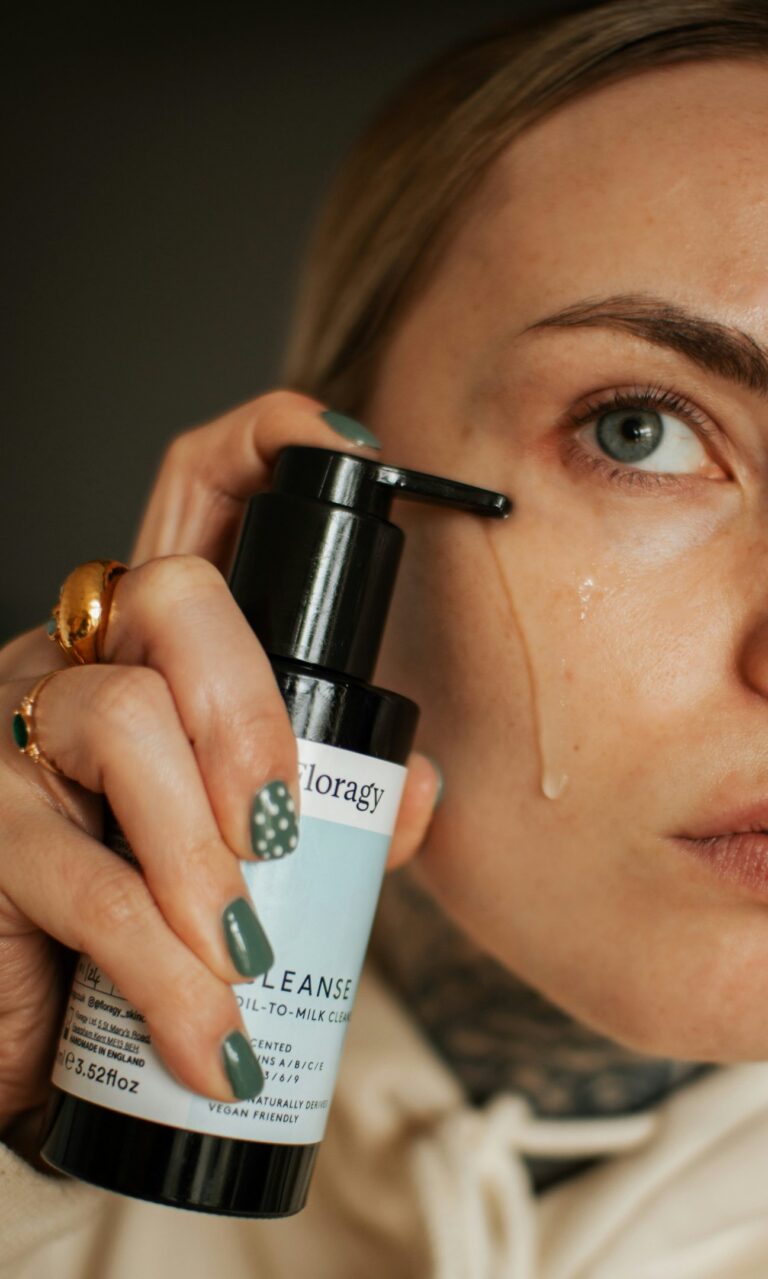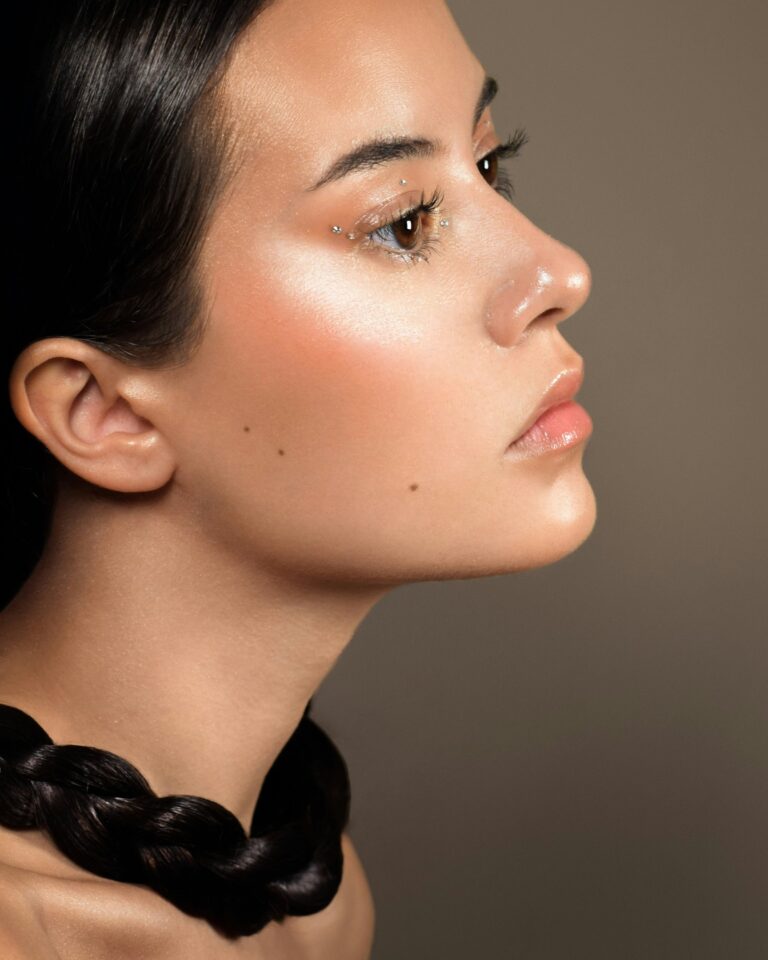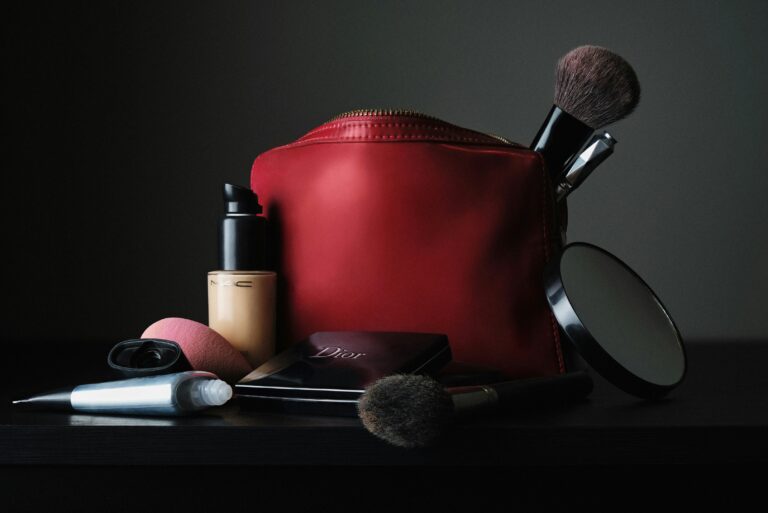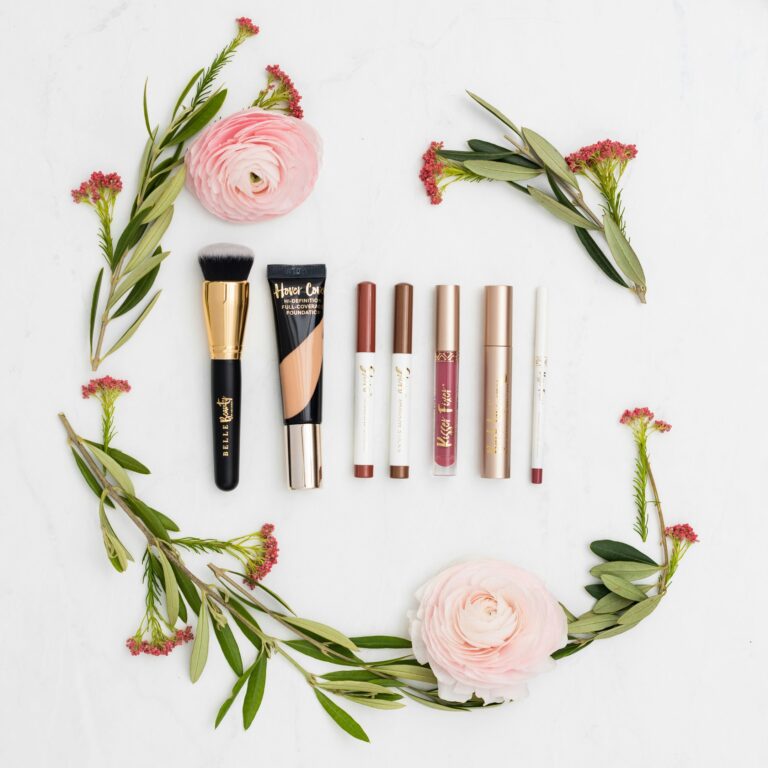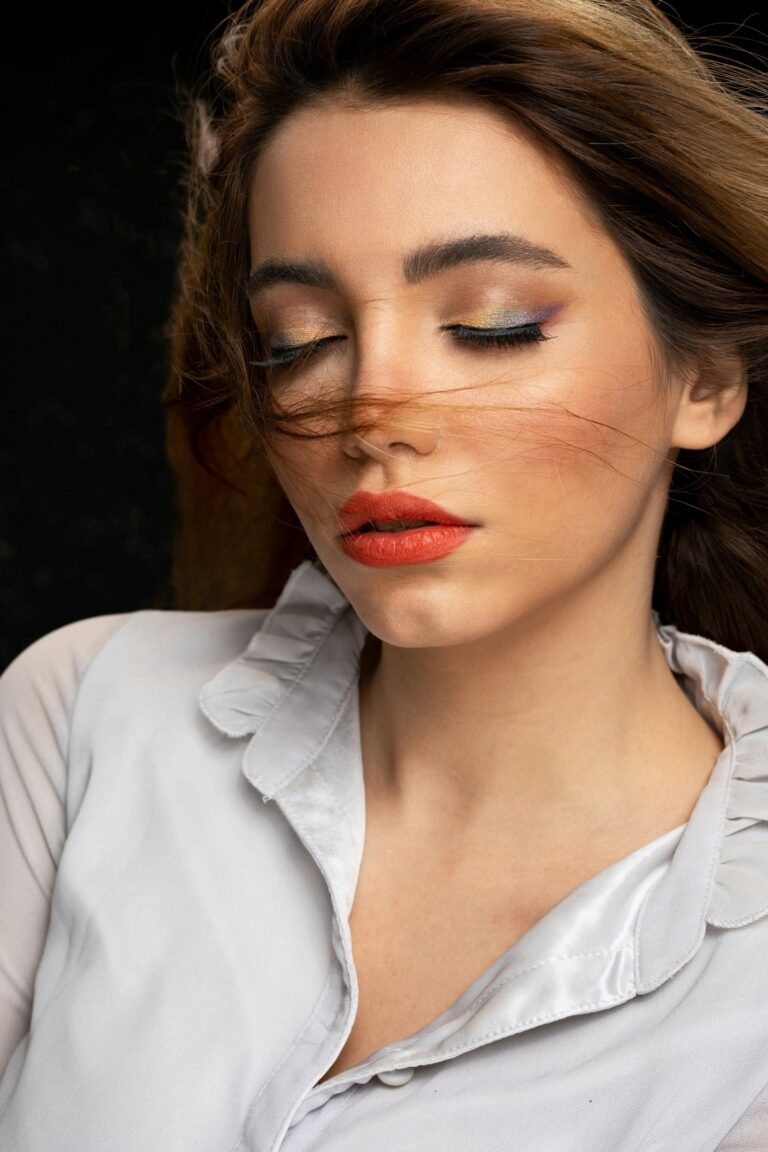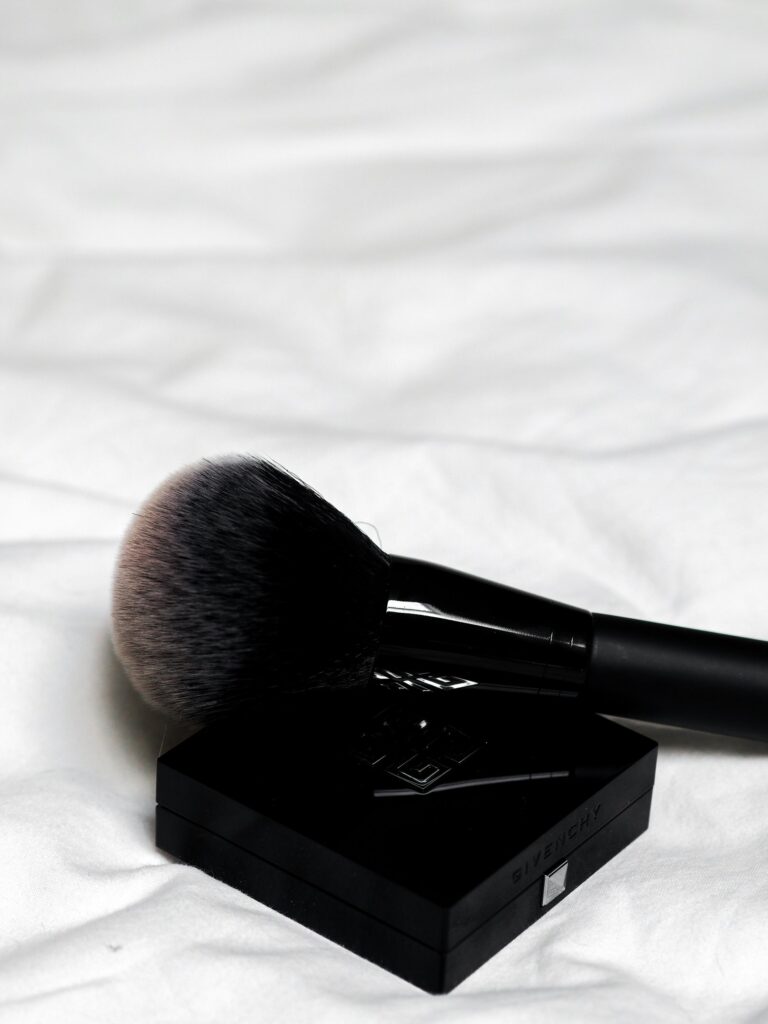Makeup Primer: Why It’s a Must and When to Skip It — Top 20 Products
Discover why makeup primer is key for flawless looks! Learn its benefits, when to skip it, and the top 20 primers for every skin type.
Want your makeup to look flawless all day? Makeup primer might be your secret weapon. It creates a smooth base, helps makeup last longer, and can tackle skin concerns like oil or dryness. But is it always necessary? Let’s explore the powerful reasons to use primer, when you can skip it, and our top 20 product picks to suit every skin type.
From filling pores to boosting radiance, primers can transform your makeup game. Whether you’re aiming for a matte finish or a dewy glow, there’s a primer for you. Stick around to find out how to choose the best one and when you might not need it at all.
Why Use Makeup Primer?
Makeup primer is like the foundation of a great makeup look. It preps your skin, smooths texture, and helps your foundation glide on evenly. Here’s why it’s a game-changer:
Key Benefits of Makeup Primer
- Smooths skin texture and fills pores for a flawless base.
- Extends makeup wear, keeping it fresh for hours.
- Controls oil or adds hydration, depending on your skin type.
- Enhances makeup application, reducing patchiness.
- Some primers offer extra perks like SPF or a radiant glow.
For example, a primer before foundation can prevent that cakey look, especially if you’re using a heavy-coverage product. Check out our guide on avoiding cakey foundation for more tips.

Image Credit: Yan Krukov
When to Skip Makeup Primer
While makeup primer is a lifesaver, there are times you might not need it. If you have naturally smooth skin and minimal makeup needs, you can skip it for a lighter routine. On hot, humid days, heavy primers might feel too thick, so opt for a lightweight moisturizer that won’t pill instead.
Skipping primer can also save time for quick looks, like a simple tinted moisturizer and blush. But if you’re dealing with oily skin or long events, a primer is worth the extra step. Wikipedia confirms this: primers are designed to enhance makeup performance under specific conditions.
When Primer Might Not Work
- Minimal makeup days (e.g., just mascara and lip gloss).
- Very humid weather, where lighter products feel better.
- Skin that doesn’t need extra oil control or hydration.
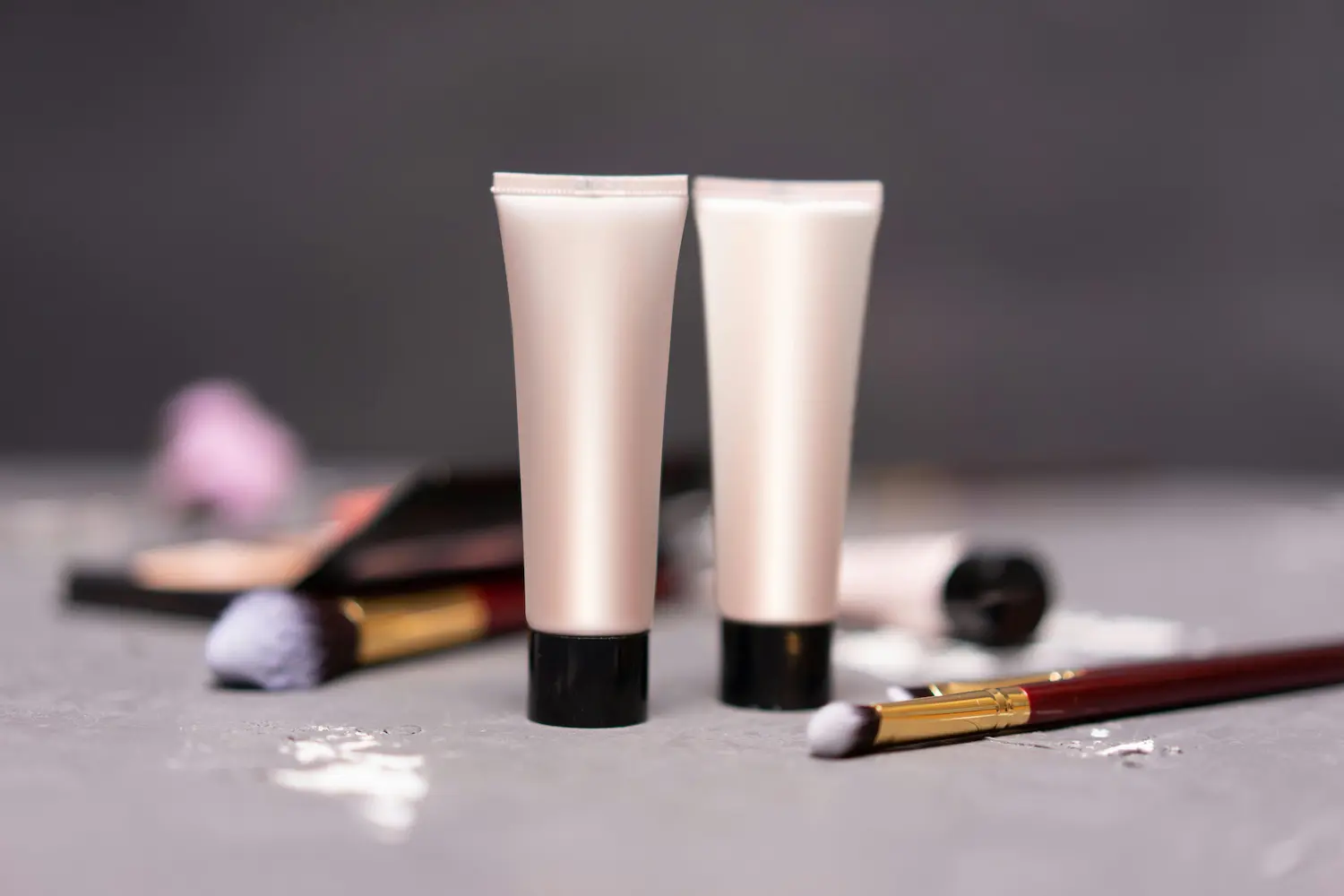
Image Credit: Freestockpro
Choosing the Right Primer for Your Skin Type
Finding the best primer depends on your skin’s needs. Here’s a breakdown to help you choose wisely.
Best Primer for Oily Skin
Mattifying primers are ideal for oily skin. They control shine and keep makeup in place all day. Look for oil-free, non-comedogenic formulas to avoid clogged pores. A great option is a primer that fills pores and smooths skin for a polished finish.
Hydrating Primer for Dry Skin
Dry skin loves hydrating primers with ingredients like hyaluronic acid or glycerin. These add moisture without feeling heavy, creating a dewy or matte primer finish based on your preference. If your skin feels tight, try a hydrating skincare routine before applying primer.
Silicone vs Water-Based Primer
Silicone-based primers are great for smoothing texture and filling pores, perfect for combination or oily skin. Water-based primers feel lighter and work well for sensitive or dry skin. Not sure which to pick? Test a small patch to see how it feels with your moisturizer.
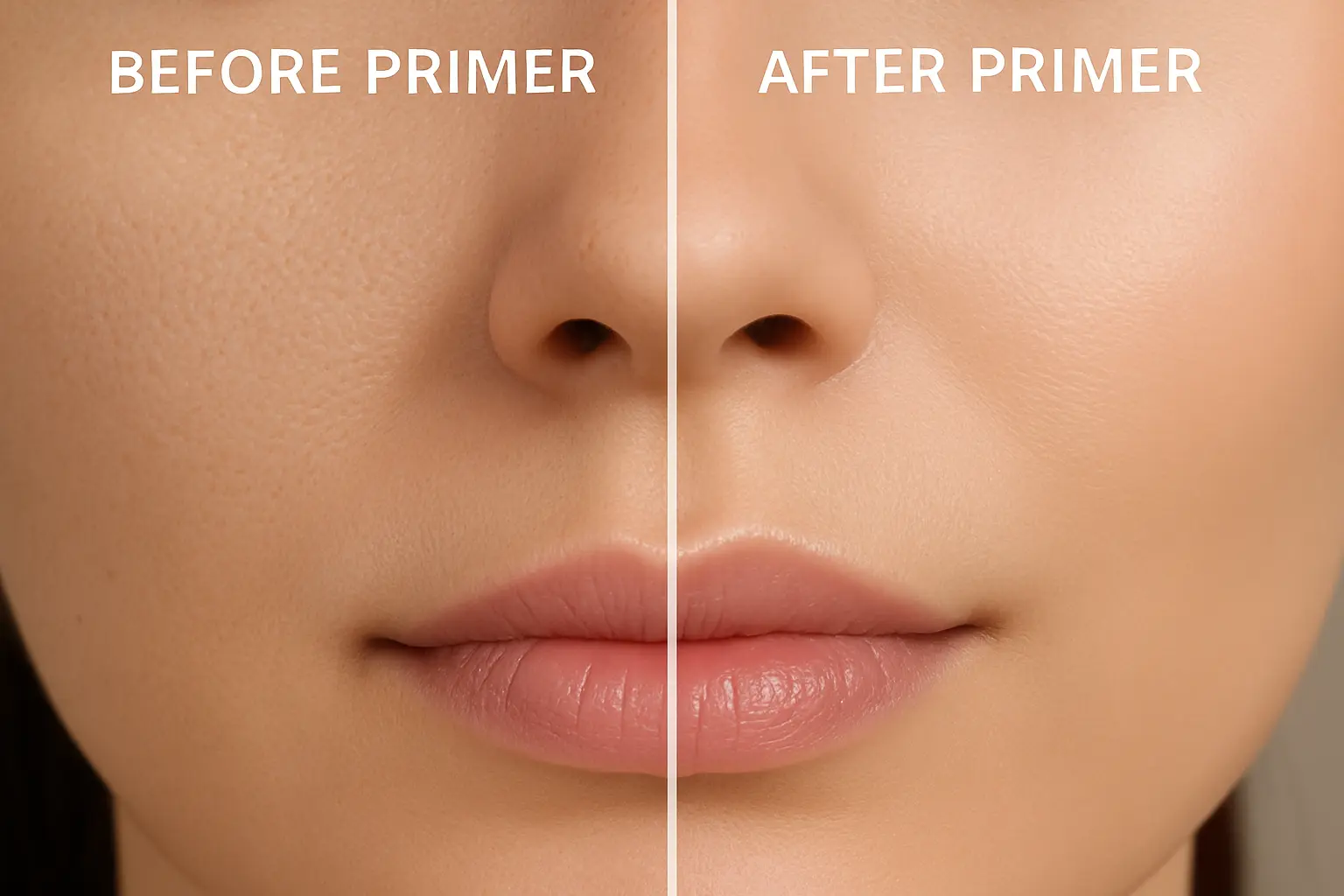
Image Credit: ChatGPT
Makeup Primer Tutorial: How to Apply It Right
Applying makeup primer is easy, but a few tips can make a big difference. Follow this simple makeup primer tutorial for flawless results:
- Start with clean, moisturized skin. Use a gentle cleanser first.
- Apply a pea-sized amount of primer with clean fingers or a brush.
- Spread it evenly, focusing on areas like the T-zone or cheeks.
- Wait a minute before applying foundation for the best grip.
- Use a setting powder for extra staying power, especially for oily skin.
Pro tip: Don’t overdo it. Too much primer can make makeup slide off. A little goes a long way for a long-lasting makeup base.
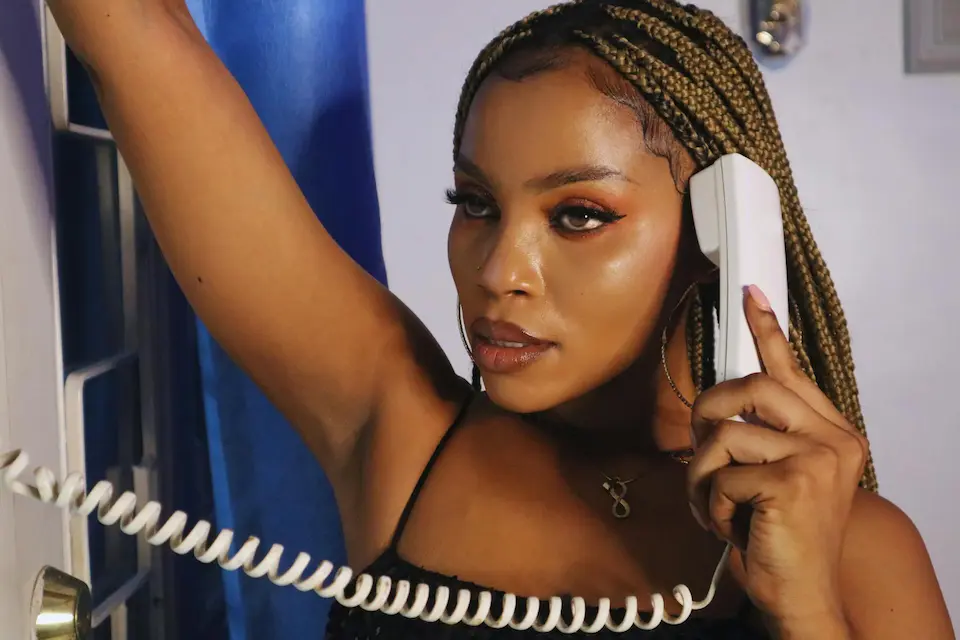
Image Credit: Royal Wave Ent
Top 20 Makeup Primer Picks for 2025
Here’s our curated list of the top 20 makeup primers for every skin type and budget. From mattifying primers for oily skin to hydrating options for dry skin, these picks will help you achieve a flawless, long-lasting makeup base. (Note: Affiliate links are included, marked with rel=”nofollow”.)
Top Picks for Oily Skin
Matte Pore Refining Primer
What We Like:
- Controls shine for hours
- Blurs pores effectively
- Lightweight, non-greasy formula
What to Consider:
- May feel slightly drying for combination skin
Photo Focus Matte Face Primer Partners in Prime
What We Like:
- Affordable and effective
- Reduces shine all day
- Smooths skin for foundation
What to Consider:
- Small tube size
Prime Focus Pore Minimizing Primer Serum
What We Like:
- Serum-like texture absorbs quickly
- Minimizes pores visibly
- Great for oily T-zones
What to Consider:
- Light scent may bother some
Red Correct Treatment Primer
What We Like:
- Corrects redness effectively
- Smooths skin for makeup
- Lightweight formula
What to Consider:
- Color correction may not suit all tones
Amazon Pick: e.l.f. Poreless Putty Primer
What We Like:
- Budget-friendly and effective
- Blurs pores and controls oil
- Velvety texture
What to Consider:
- May feel heavy on very oily skin
Top Picks for Dry Skin
Hydrating Pore Refining Primer
What We Like:
- Adds instant hydration
- Creates a dewy finish
- Smooths dry patches
What to Consider:
- May feel sticky if over-applied
Spackle Duo
What We Like:
- Hydrates and smooths skin
- Versatile for all-day wear
- Lightweight and non-greasy
What to Consider:
- Higher price point
Primp N Prime Tinted Moisturizer and Face Primer
What We Like:
- Doubles as a tinted moisturizer
- Hydrates dry skin
- Light coverage for natural looks
What to Consider:
- Limited shade range
Amazon Pick: Milk Makeup Hydro Grip Primer
What We Like:
- Intense hydration
- Grips makeup for long wear
- Leaves a dewy glow
What to Consider:
- Sticky texture if overused
Amazon Pick: Tarte Quench Hydrating Primer
What We Like:
- Lightweight and hydrating
- Perfect for dry skin
- Subtle dewy finish
What to Consider:
- May not suit oily skin
Top Picks for Combination Skin
24K Gold Firming Foundation Primer
What We Like:
- Adds a radiant glow
- Firms skin slightly
- Balances oil and hydration
What to Consider:
- Premium price
Butter Believe It! Putty Primer
What We Like:
- Smooths and hydrates
- Great for combination skin
- Velvety finish
What to Consider:
- May pill with heavy makeup
Impossible Primer Stick
What We Like:
- Easy stick application
- Controls oil in T-zone
- Portable for touch-ups
What to Consider:
- Small product size
Amazon Pick: L’Oréal Infallible Pro-Glow Primer
What We Like:
- Balances oil and hydration
- Adds a radiant glow
- Affordable price
What to Consider:
- Glow may be too intense for oily skin
Amazon Pick: Covergirl Clean Matte Primer
What We Like:
- Controls oil without drying
- Lightweight formula
- Budget-friendly
What to Consider:
- Limited hydration for dry patches
Top Picks for Sensitive Skin
Foundation Primer Plus SPF 15
What We Like:
- Includes SPF 15 protection
- Gentle on sensitive skin
- Smooths for even makeup
What to Consider:
- SPF may not be high enough for sun exposure
Spackle Illuminating Under Eye Primer
What We Like:
- Brightens under-eye area
- Gentle for sensitive skin
- Hydrates delicate skin
What to Consider:
- Best for under-eye, not full face
Eye Shadow Primer
What We Like:
- Prevents eye shadow creasing
- Gentle on sensitive eyelids
- Enhances color payoff
What to Consider:
- Limited to eye area
Mineral Wear Diamond Perfector Color Correcting Primer
What We Like:
- Corrects skin tone
- Gentle mineral-based formula
- Adds subtle glow
What to Consider:
- Color correction may vary by skin tone
Prime Focus Glass Correct Primer Green
What We Like:
- Neutralizes redness
- Suitable for sensitive skin
- Lightweight and blendable
What to Consider:
- Green tint may not suit all
FAQs About Makeup Primer
Q1: Do I need makeup primer every day?
No, it depends on your needs. For long-lasting makeup or oily skin, primer is a must. For minimal makeup days, you can skip it.
Q2: What’s the best primer for oily skin?
Mattifying primers like the Matte Pore Refining Primer or Photo Focus Matte Face Primer work great to control oil and keep makeup in place.
Q3: Can primer replace moisturizer?
Not quite. Primer preps your skin for makeup, but a moisturizer hydrates. Use both for the best results.
Q4: Is silicone or water-based primer better?
Silicone primers smooth pores and suit oily skin, while water-based primers are lighter for dry or sensitive skin.
Conclusion
Makeup primer is your ticket to a flawless, long-lasting makeup look. Whether you need a mattifying primer for oily skin, a hydrating primer for dry skin, or a radiant glow primer for that dewy finish, there’s a perfect product out there. Not every day calls for primer, but when you need staying power or a smooth base, it’s a must-have. Try one of our top 20 picks, like the natural-looking options that pair well with primers, and see the difference for yourself!
Want insider access to the latest makeup primer product recommendations and glow-boosting tips? Subscribe to our GlowList and be the first to know what’s trending in makeup!
Disclaimer: This article may contain affiliate links. If you click and purchase, we may earn a commission at no extra cost to you. As an Amazon Associate, we earn from qualifying purchases.
